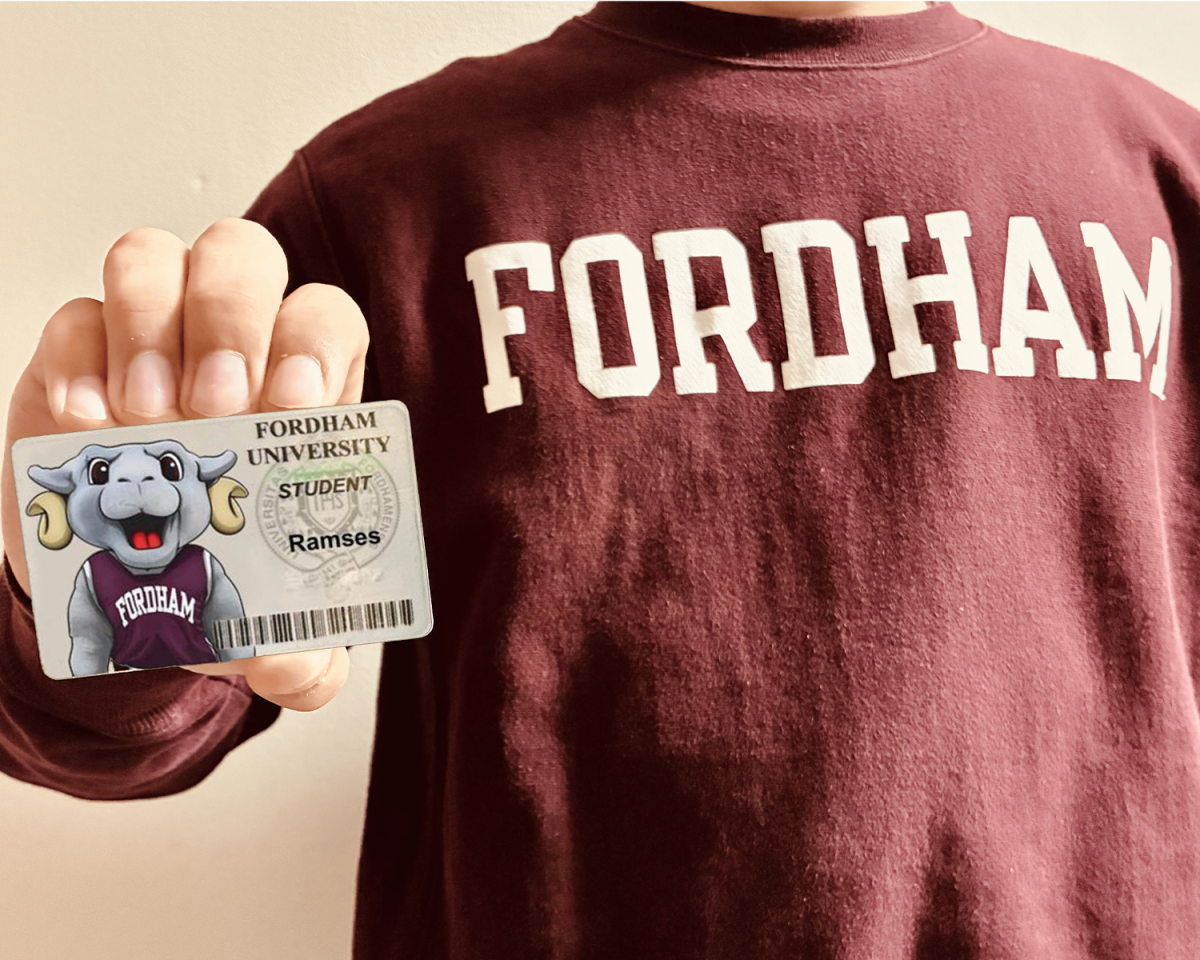By Ben St. Clair

Nemesis Dipré, FCRH ’18, has commuted to Rose Hill from her parents’ home in University Heights since her freshman year. Accustomed to being among the racial majority in high school, Dipré, who identifies as Hispanic, said that her transition to Fordham was an adjustment process.
“Everyone around me was white,” she said. “I didn’t know I had a Spanish accent until I got here.” Dipré added that she used to assume that the non-white students at Rose Hill were commuters like her, while the white students all lived on campus.
After a highly public racial bias incident last year in which a freshman student carved a racial slur onto a black student’s door, Fordham has looked to confront issues of diversity on campus. Last December, Rev. Joseph M. McShane, S.J., president of the university, established a task force charged with reviewing existing programs and making recommendations to enhance the school’s diversity. The Task Force’s report is due later this semester.
According to enrollment numbers provided by the Office of Institutional Research (OIR), one of the university’s main hurdles may lie in the racial composition of its residence halls.
OIR’s analysis shows that undergraduates on the Rose Hill campus are 70 percent white, 13 percent Hispanic, nine percent Asian and three percent black. However, 78 percent of students living in residence halls are white, eight percentage points higher than the share of white undergraduate students on campus.
Interviews conducted by The Fordham Ram with seven commuting students who identify as a race other than white indicate a complicated relationship on campus between race and residency status.
Students who commute to campus make up a disproportionate percentage of Rose Hill’s non-white enrollment, as the numbers from OIR show. Even though they represent 24 percent of the freshman class, commuting students comprise roughly 48 percent of the class’s non-white students.
Commuting students as a whole make up nearly 60 percent of Rose Hill’s non-white students, despite representing 45 percent of students on campus. (Since OIR defines a commuting student as someone who does not live in university housing, the data does not differentiate between students living in off-campus apartments and those commuting from their parents’ home.)
Grace Molina, FCRH ’18, who commutes to campus from her home in the Belmont community, says she sees a difference between students who live on campus and those who commute. “I can definitely say there is sort of a divide between residents and commuters,” she said.
But Molina does not think the divide is intentional, and according to Abdullah Adnan, FCRH ’17, the divide is not necessarily racial. Rather, it stems from the inherent differences between a student who lives on campus and one who commutes.
“I think it’s more of a passive divide than an active divide,” Adnan said, pointing to the differences in schedules and how commuters are forced to plan their days around travel.
According to Dipré and Deanna Ford, FCRH ’18, these differences are accentuated by Fordham’s off-campus nightlife. Both said they rarely “go out” at Fordham and have felt out-of-place when they have gone to parties in the past. “We literally live in two different worlds,” Dipré said referring to the different musical tastes of white and non-white students.
“There’s a barrier between white and black students,” said Ford.
For I’aliyah Wiggins, FCRH ’18, the effects of race and residency status are often intertwined. “It’s hard to separate the two,” said Wiggins, who identifies as Afro-Latina and commutes from the Bronx.
Paola Joaquin Rosso, FCRH ’17 and vice president of the Commuter Students Association (CSA), thinks part of the divide may stem from the fact that commuting students do not have many resident student friends. “I had to go out of my way to meet somebody,” added Dipré, noting that freshman students have a set community in their resident halls. Dipré said she’s rarely been inside any of the residence halls.
Justin Muzzi, assistant director of residential life for leadership, development and training, told The Fordham Ram that he hopes Residential Life can work more with the CSA and explained that resident assistants attempt to build community among their residents.
“I think increased diversity in the residence halls will help better prepare our students to be leaders in a global society,” said Muzzi.
Ultimately, the Office of Undergraduate Admission has more control over campus’s diversity. In an email, Director Patricia Peek said that while the university works with several programs to help recruit a diverse class each year, the process can be challenging with other schools doing the same. “It becomes more difficult to increase the diversity of students at the enrolled stage with so many strong universities nationwide in competition,” Peek wrote.
In the meantime, getting to know one another better may be the answer, says Bianca Odle, FCRH ’18 and director of public affairs for CSA.
“The only way to bridge that gap is if everyone becomes more sociable,” she said.








































































































































































































